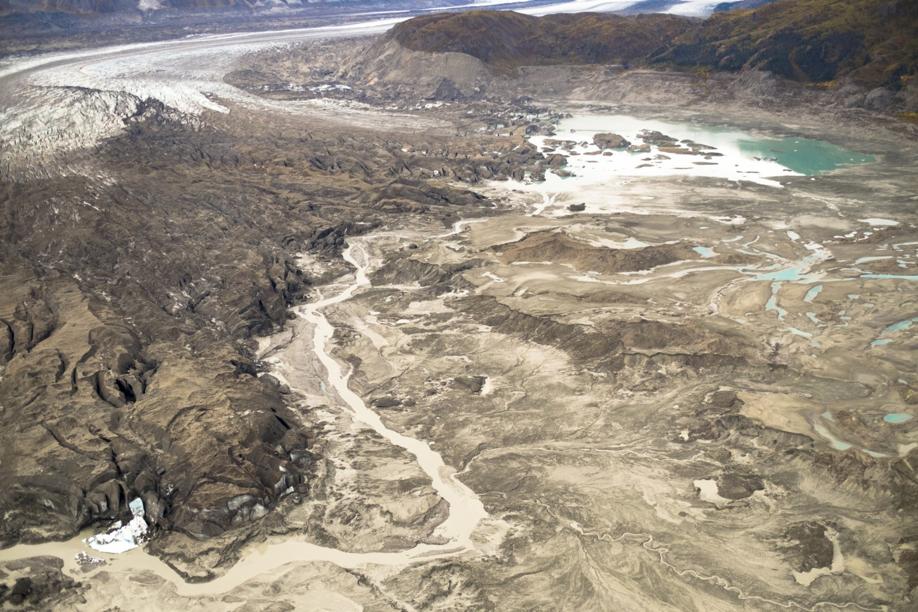
WASHINGTON — A team of scientists Monday documented what they’re describing as the first case of large-scale river reorganization as a result of human-caused climate change.
They found that in mid-2016, the retreat of a very large glacier in Canada’s Yukon territory led to the rerouting of its vast stream of meltwater from one river system to another — cutting down flow to the Yukon’s largest lake, and channeling freshwater to the Pacific Ocean south of Alaska, rather than to the Bering Sea.
The researchers dubbed the reorganization an act of ‘‘rapid river piracy,’’ saying that such events had often occurred in the Earth’s geologic past but never before, to their knowledge, as a sudden present-day event. They also called it ‘‘geologically instantaneous.’’
‘‘The river wasn’t what we had seen a few years ago.’’ said lead study author Daniel Shugar of the University of Washington, Tacoma, of the Slims River, which lost much of its flow due to the glacial change. “It was a faded version of its former self. It was barely flowing at all. Literally, every day, we could see the water level dropping. We could see sandbars popping out in the river.’’
The study was published in Nature Geoscience. Shugar conducted the study with researchers from six Canadian and US universities.
The study found that the choking of the Slims River in turn deprived Kluane Lake, the largest body of water in the Yukon Territory. The lake level was at a record low last August, and two small communities that live on the lake may now have to adjust to the lower water levels.
The precipitating event for all of this happened in summer 2016, when meltwater from the Kaskawulsh glacier burst through a channel of ice, draining a glacial lake that had fed Slims River and directing waters into a different river that ultimately heads south toward the Gulf of Alaska.
Previously, these waters had ultimately fed into the vast Yukon river.
The researchers found only a minuscule probability that the retreat of Kaskawulsh glacier — which retracted by nearly half a mile from 1956 to 2007 — could have occurred in what they called a ‘‘constant climate.’’ They inferred that the events in question could be attributed to human-caused climate change.
The study represents ‘‘a great example of a threshold response to warming over the last century-and-a-half,’’ said Ken Tape, an Arctic ecologist at the University of Alaska, Fairbanks, who was not involved in the research.
‘‘The glacier has been retreating gradually, but at a threshold encountered in summer 2016, the drainage abruptly changed in a matter of weeks and completely reorganized downstream ecosystems.’’



